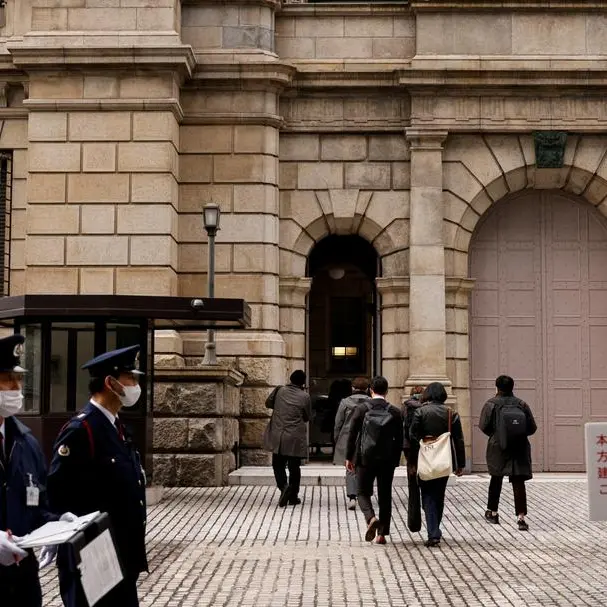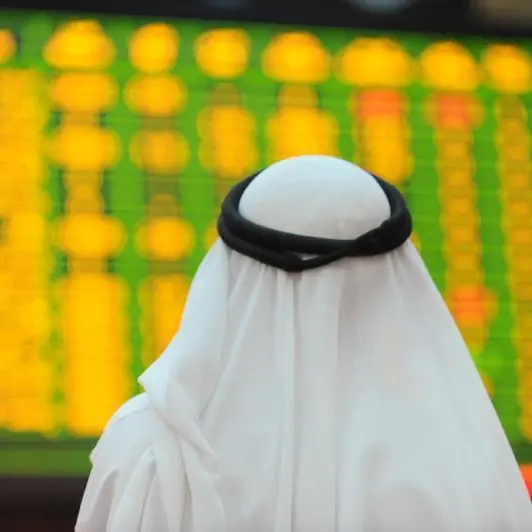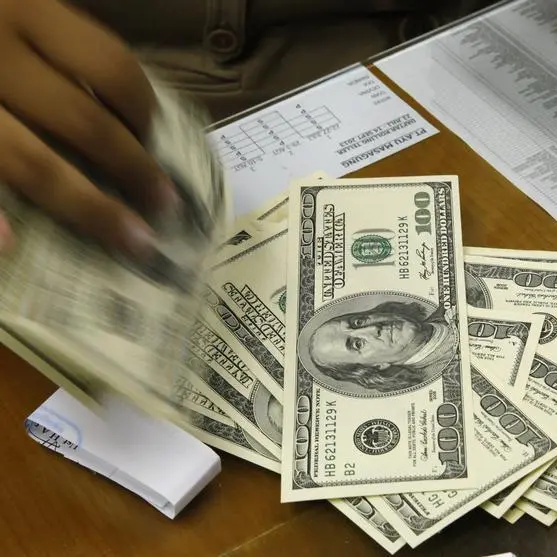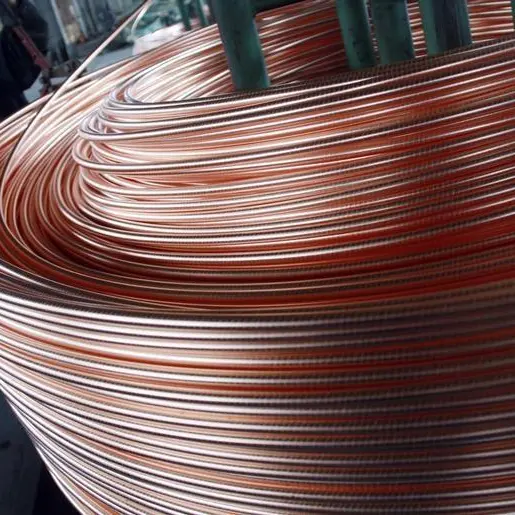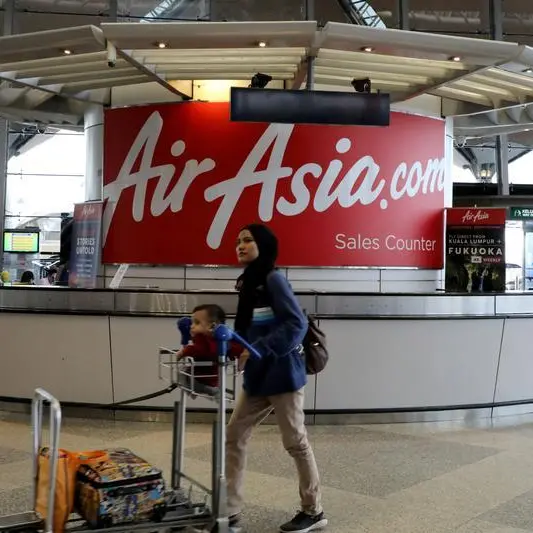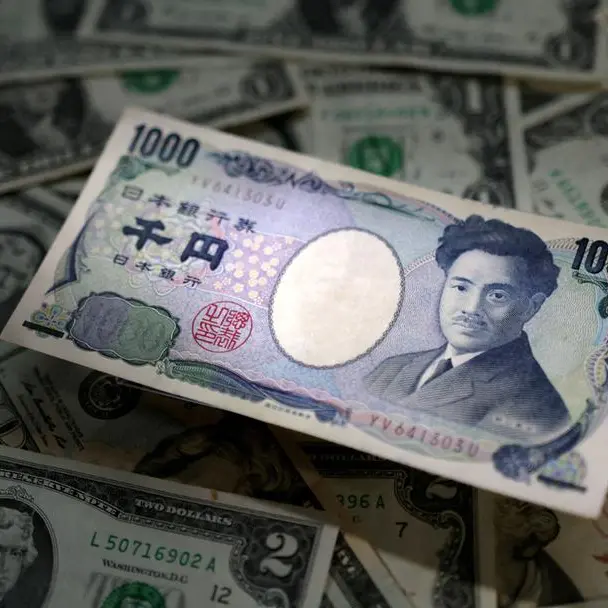PHOTO
LONDON- Oil prices jumped on Thursday following the news that China's exports unexpectedly rose last month, and drew further support from U.S. output cuts and the slow return of activity in Europe.
A sharp rise in Saudi Arabia's official selling prices (OSPs) also helped to push oil higher.
Brent crude was up 6.09%, or $1.81, at $31.53 a barrel by 1218 GMT, after rising more than $2 in earlier trade. In the previous session, the price dropped 4%.
U.S. West Texas Intermediate futures climbed 9.3%, or $2.23, to $26.22 a barrel, after falling more than 2% on Wednesday.
"Brent is trying to go back to early April levels, the market is testing the capacity of Brent to stay above $30 a barrel," Olivier Jakob of consultancy Petromatrix said.
"We're out of the super contango now. Refinery runs are coming back, the U.S. is cutting production so this is providing support."
U.S. gasoline stocks fell for a second week as some U.S. states eased lockdowns that had sharply reduced traffic volumes.
Saudi Arabia increased its official selling prices for June after cutting May exports to almost the lowest in a decade following a deal by global producers to reduce output to prop up prices.
"The market sees this (Saudi OSPs) as a throttling back of earlier aggressive discounts that were interpreted as the start of price-war, notably with Russia," Harry Tchilinguirian, head of commodity research at BNP Paribas, said.
"Moreover, it is also likely seen as a strong indication that the Kingdom will follow through on its pledged supply cuts agreed at the 12 April OPEC+ emergency meeting."
However, a mismatch between demand and supply remained.
U.S. crude inventories were up for a 15th straight week last week, rising by 4.6 million barrels, the Energy Information Administration said on Wednesday.
That was less than analysts had forecast in a Reuters poll, which suggested a 7.8 million-barrel rise, but the gain highlighted how much supply is being stored. Distillate inventories also rose sharply.
Indications that Iraq, OPEC's largest producer after Saudi Arabia, has not yet informed customers of restrictions on its oil exports also capped oil price gains.
The Organization of the Petroleum Exporting Countries (OPEC) and allied producers - a grouping known as OPEC+ - agreed to cut production from May 1 by around 10 million bpd to help support prices.
China bucked the global demand trend last month. Its imports climbed to 10.42 million barrels day (bpd) in April from 9.68 million bpd in March, according to Reuters calculations based on customs data for the first four months of 2020.
Further, China's overall exports data showed a rise, confounding expectations for a sharp drop. However, a big decline in total imports suggested any recovery is some way off as economies around the world fall into recession, meaning demand for fuels will likely remain subdued at best.
U.S. jobless claims continued to rise, although at a slower pace with 3.169 million more people seeking unemployment benefits for the week ended May 2. The latest numbers lifted the total to about 33 million claims since March 21.
(Additional reporting by Aaron Sheldrick in Tokyo; Editing by Shri Navaratnam/Jason Neely/Susan Fenton/Barbara Lewis) ((aaron.sheldrick@thomsonreuters.com; 81-3-4563-2773;))

